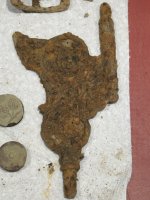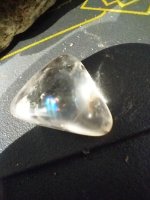sathmcnugent
Jr. Member
- May 2, 2008
- 54
- 0
My question is that I have an old foundation on my land from 1868. The only clues I have on how to find where it was is a landowners map from 1868 which has the house directly on my land. My grandfather knew of the house from his father (my great grandfather). This is all I have to go on this.. my grandfather gave me a general area about where it used to be. I do know that there was a murder that had taken place in the house. I researched this and I come up with nothing but that the guy who lived there served in the civil war from 1862-1864. I looked at an aerial map to look for differences in the soil and I can pick out much..perhaps I dont know exactly what to look for either. Any Ideas anyone??




